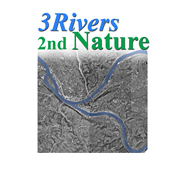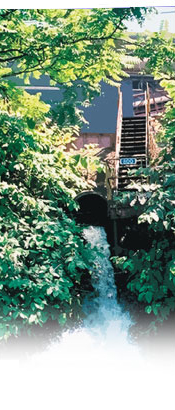Home>River Research> Allegheny River> Water Quality
Allegheny River Water Quality Report
Kathy Knauer, M.S.| Timothy Collins
Water quality studies involved regular testing of physical chemistry parameters and pathogen indicators. Four three-point transects were set (using GPS and GIS technologies) across in specific places in pools 2 and 3, two transects were placed in pool 3. These sites were sampled over a six week period in dry weather conditions. Single point sampling sites were also placed at the mouths of all streams. The field sampling and the results do not reflect the PA DEP or US EPA water quality sampling criteria, which would require 5 samples in 30 days averaging both wet and dry weather conditions. A minimal wet weather study was also conducted.
Rivers in Dry Weather: Our sampling indicates that dry weather water quality conditions meet our target water quality standard for recreational use most of the time. The exception is Mile Point 22.6, right bank descending below the Hulton Bridge.
Rivers in Wet Weather: Our data suggest that the Pittsburgh Pool is more impacted by fecal contamination the days following a wet weather event than Pools 2 and 3. This is based on only one wet weather event and further studies are suggested.
Tributary Streams: Our study shows that during dry weather, fecal coliform concentrations vary among the tributary streams studied. Results for several tributary streams vary among sampling events, indicating intermittent sources of contamination. While several streams had fecal coliform concentrations under 200 CFU/100ml, only one had a mean greater than 1,000 CFU/100ml. Chemical and field tests indicate most parameters are within an expected range for this region and within state water quality standards.
Comparitive conclusion: Our study indicates that during dry weather most of our sampling sites along the Allegheny River are below our target number for fecal coliform, indicating little fecal contamination. Tributary streams have much higher concentrations of fecal coliform than river sites. Wet weather river water quality is poorer at the Pittsburgh Pool sampling locations than sampling locations in Pools 2 and 3. Extensive monitoring and modeling of the river systems will be necessary to fully understand this system.


